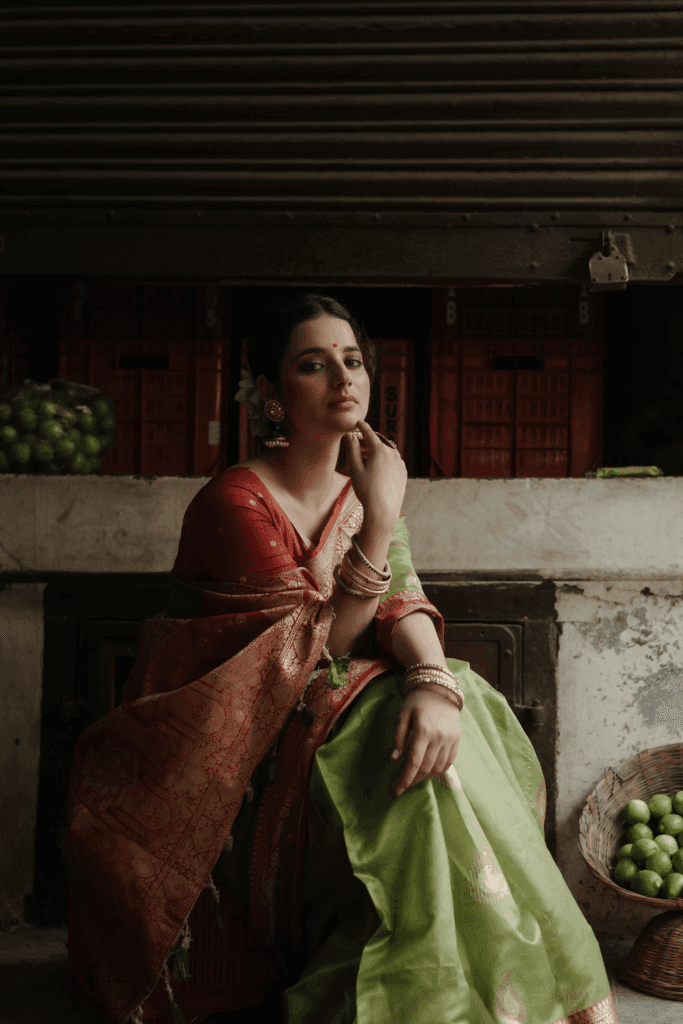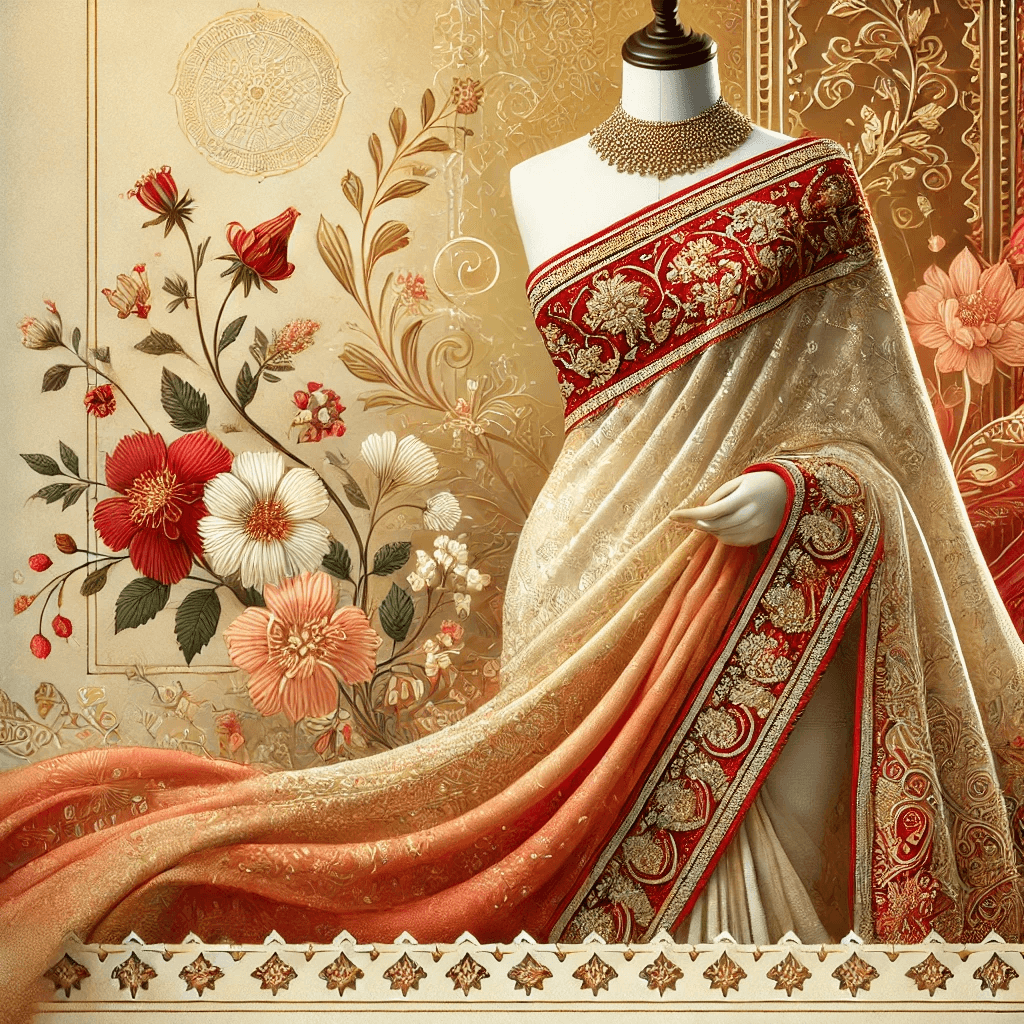- 1. Block Printing: A Timeless Saree Printing and Dyeing Method
- 2. Tie-Dye Techniques: Creating Magic with Knots
- 3. Kalamkari: The Art of Hand-Painting
- 4. Batik: Wax-Resist Saree Printing And Dyeing Technique
- 5. Ikat: The Art of Resist Dyeing
- 6. Shibori Saree Printing And Dyeing: Japanese Roots, Indian Adaptation
- 7. Madhubani and Tribal Prints
- 8. Dabu: Mud-Resist Printing
- Sustainability in Saree Printing And Dyeing Techniques
- Preserving the Heritage
- Saree Printing and Dyeing Techniques- A Legacy
India is a land of textiles. A rich heritage and legacy that is renowned worldwide, the exotic Indian textile craft is known not just for its weaving styles but also for its vibrant printing and dyeing techniques. These are time-tested and sustainable practices that have developed over centuries. A testimony of India’s artistic diversity, let’s uncover the various saree printing and dyeing techniques from India that continue to inspire global fashion.
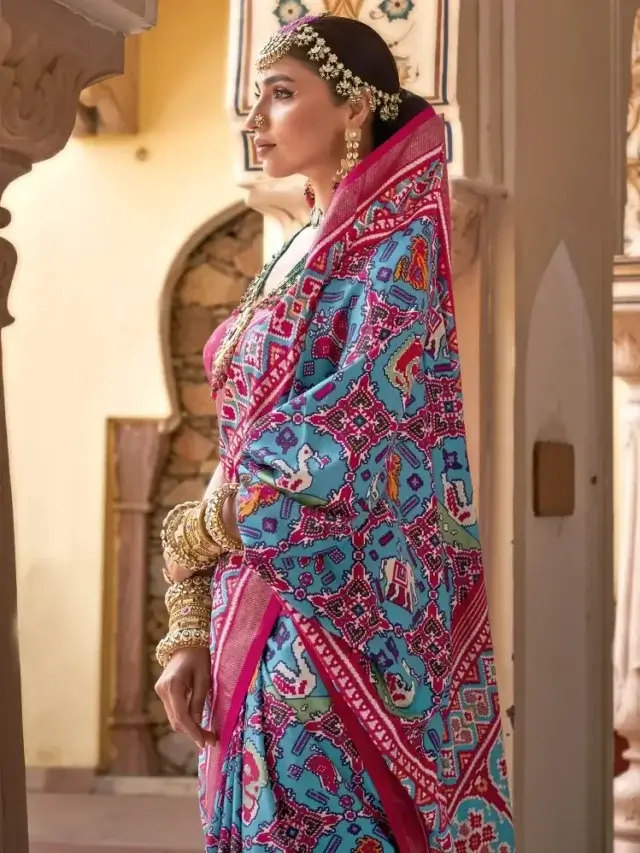
1. Block Printing: A Timeless Saree Printing and Dyeing Method
Block printing is one of India’s oldest textile techniques. It involves hand-carving wooden blocks with beautiful, intricately designed motifs and then stamping them onto fabrics with natural dyes and colours unravelling the most stunning designs on fabric. There are various types of block-prints like ajrakh, bagru and sanganeri, each indistinct to its region.
- Ajrakh (Gujarat and Rajasthan): Ajrakh is a traditional block-printing technique from Gujarat and Rajasthan. It features intricate, symmetrical patterns in deep indigo, rich red, and earthy tones. Artisans use natural dyes to create motif designs of nature, flora and fauna as well as geometrical patterns.
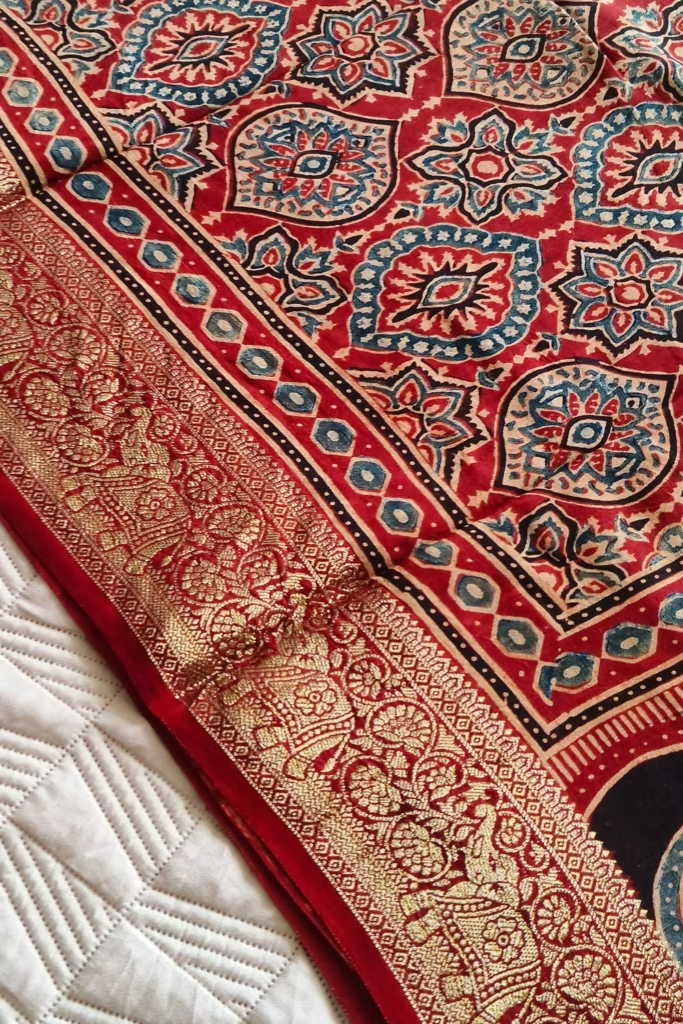
- Bagru (Rajasthan): Bagru is an age-old block-printing art from Rajasthan. It is renowned for its bold floral and geometric motifs in black, red, and indigo. Artisans use natural dyes to print cotton or silk fabric. The process involves hand-carved wooden blocks, lending each piece a rustic, earthy charm.
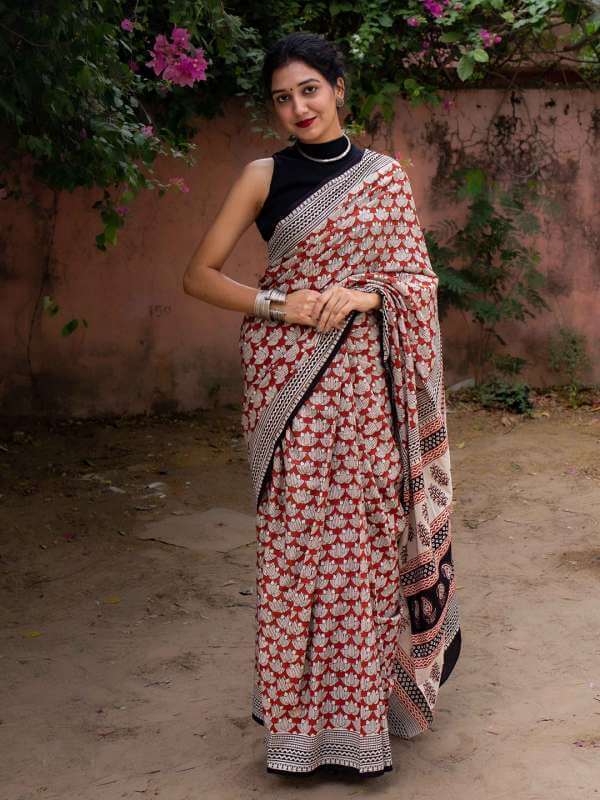
- Sanganeri (Rajasthan): Sanganeri is a traditional block-printing art from Rajasthan. The intricate floral patterns on light backgrounds, often in soft pastels or white make this art one-of-a-kind. The designs are inspired by nature and feature fine lines, detailed motifs, and symmetrical layouts. Using natural dyes, artisans create elegant prints, making Sanganeri work perfect for sarees, dupattas, and home decor textiles.
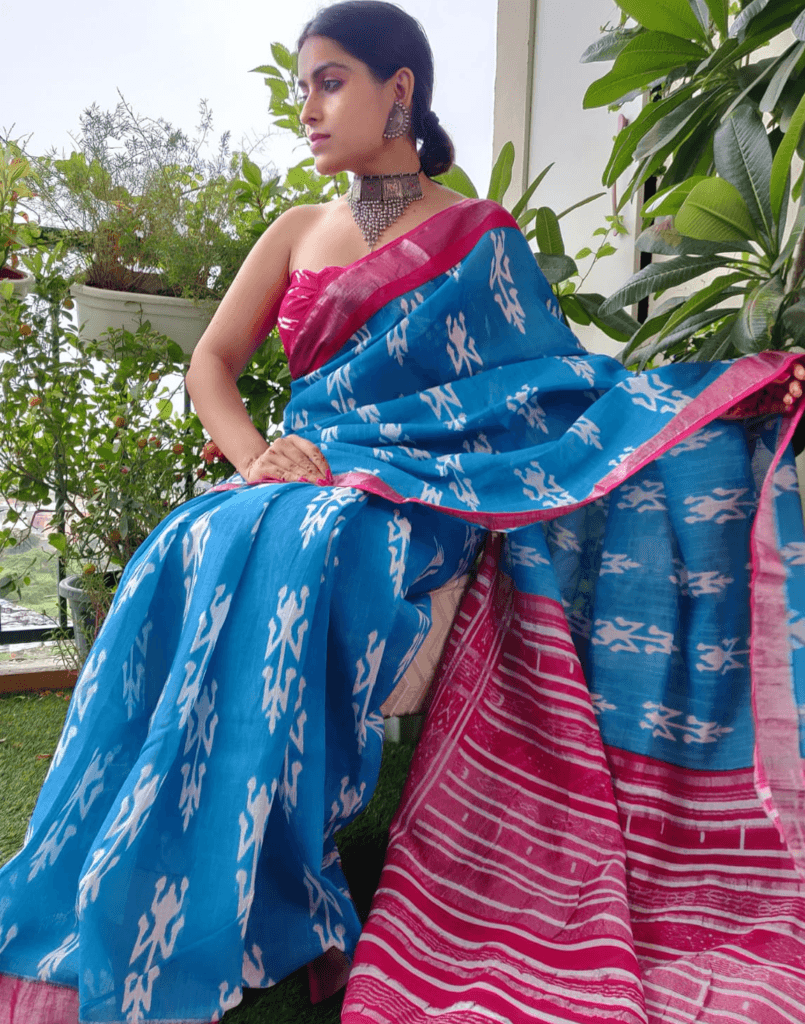
2. Tie-Dye Techniques: Creating Magic with Knots
India’s tie-dye methods create mesmerizing patterns through tying, folding, and dyeing fabrics.
- Bandhani (Rajasthan and Gujarat): This involves tying small portions of cloth with thread to create dots and intricate designs. The result is vibrant and lively fabrics.
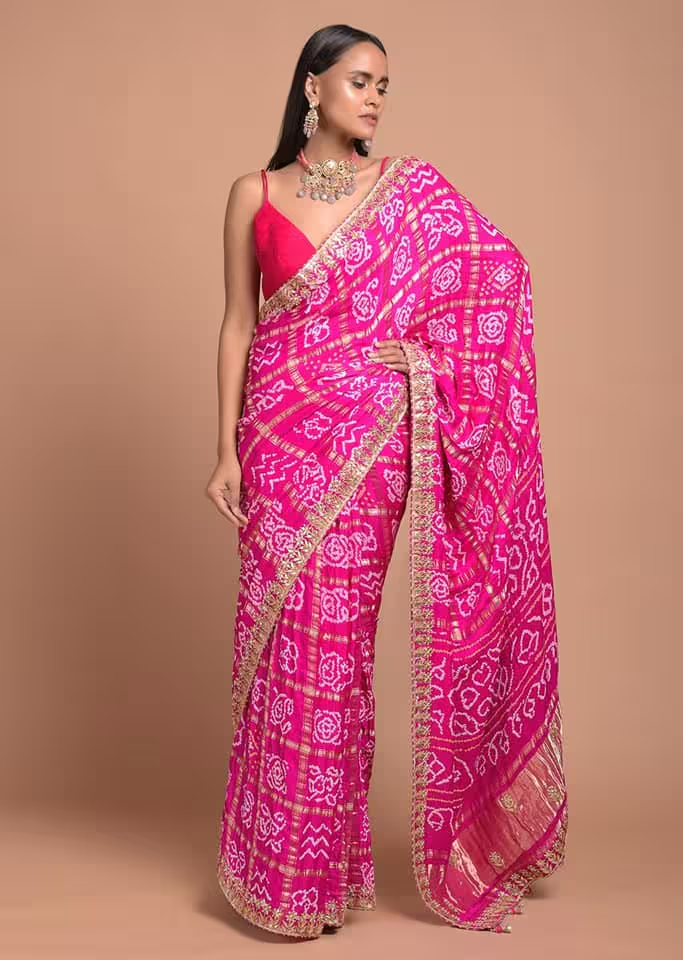
- Leheriya (Rajasthan): A traditional tie-dye method creating diagonal or wavy patterns, often in bright colors.

3. Kalamkari: The Art of Hand-Painting
Originating from Andhra Pradesh and Telangana, Kalamkari is a unique hand-painting and block-printing technique.
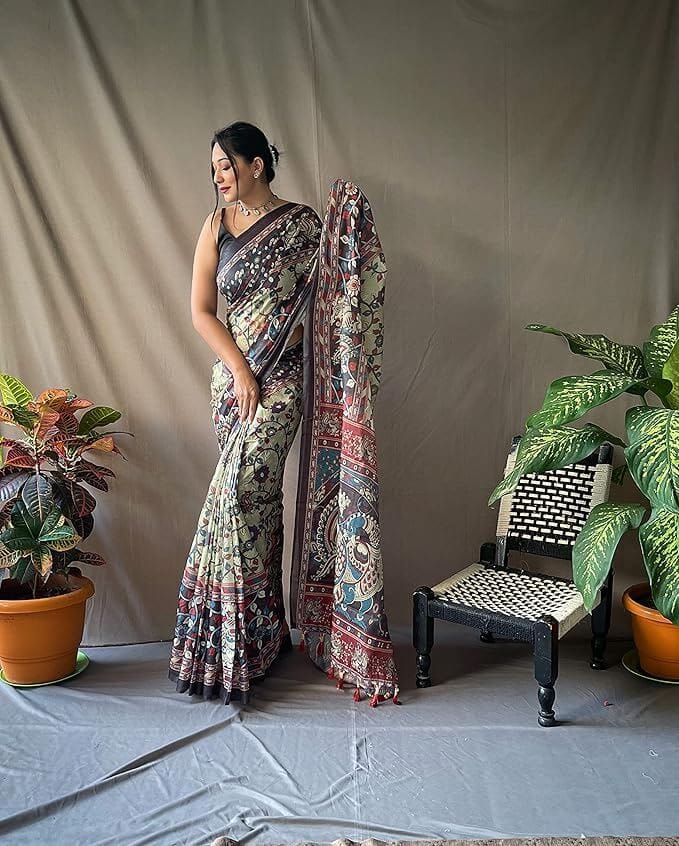
- The term Kalamkari derives from kalam (pen) and kari (craft). Artists use bamboo or palm sticks to draw motifs inspired by epics, flora, and fauna.
- The use of natural dyes and intricate detailing make Kalamkari fabrics eco-friendly and artistic.
4. Batik: Wax-Resist Saree Printing And Dyeing Technique
Batik, a technique introduced to India from Indonesia, involves applying wax to fabric and dyeing it.

- Popular in Gujarat and West Bengal, this method produces stunning, crackled patterns.
- The wax-resist process allows for multiple dye layers, creating multicolored, intricate designs.
5. Ikat: The Art of Resist Dyeing
Ikat is a dyeing technique where yarns are tie-dyed before weaving. Telia Rumal and Patola are two Ikat techniques.
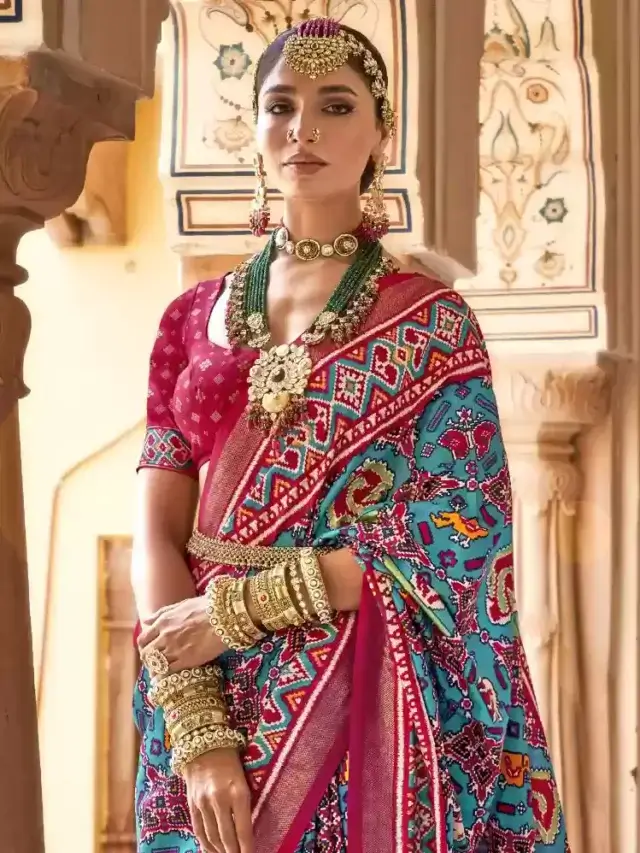
- Patola (Gujarat): Double-ikat technique, where both warp and weft threads are resist-dyed, creating intricate geometric patterns.
- Telia Rumal (Telangana): Known for vibrant colors and traditional motifs, this single-ikat method is widely admired.
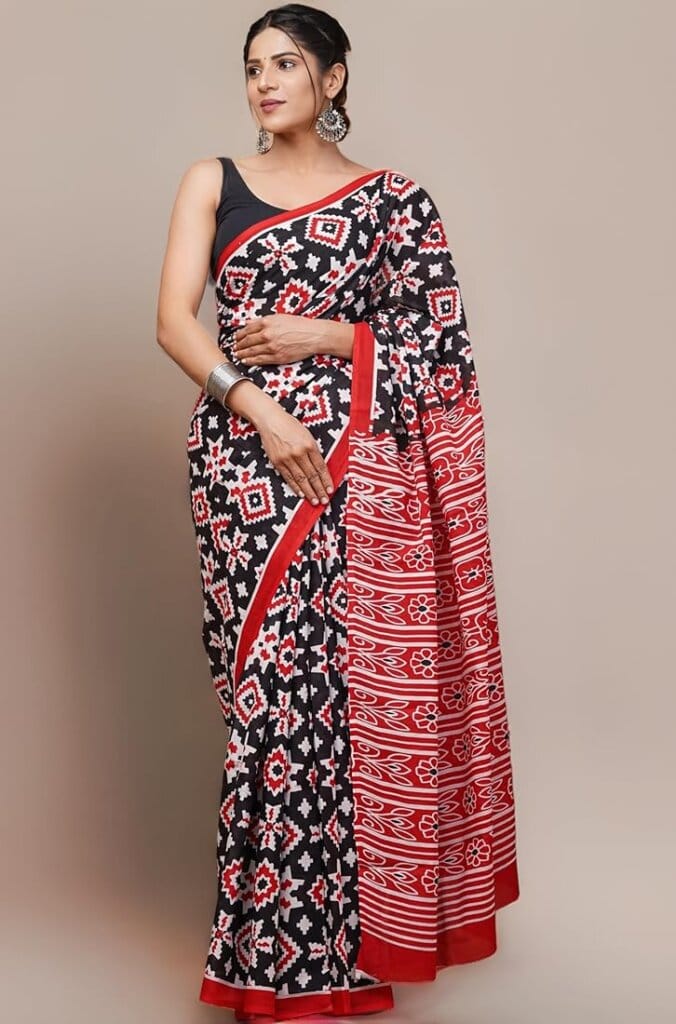
6. Shibori Saree Printing And Dyeing: Japanese Roots, Indian Adaptation
Shibori, an ancient Japanese technique, has found a home in Indian textiles.

- Artisans fold, twist, and bind fabric before dyeing which results in unique patterns like pleats and stripes.
- Predominantly practiced in Rajasthan, Shibori complements India’s vibrant dyeing culture.
7. Madhubani and Tribal Prints
Tribal printing techniques like Madhubani from Bihar involve free-hand drawing and filling patterns with natural colours. These motifs often depict nature, mythology, and daily life.
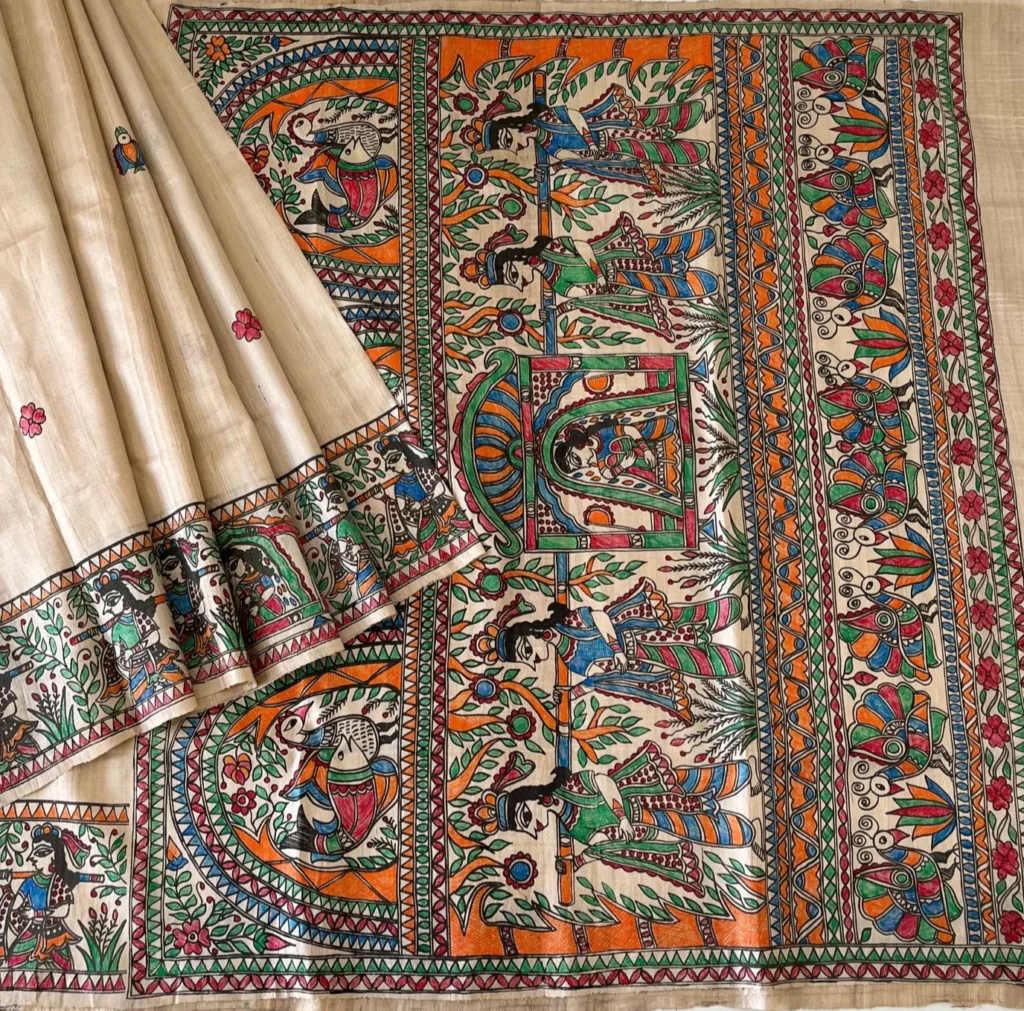
8. Dabu: Mud-Resist Printing
Dabu, a centuries-old method from Rajasthan, involves applying a mud paste to the fabric before dyeing it.
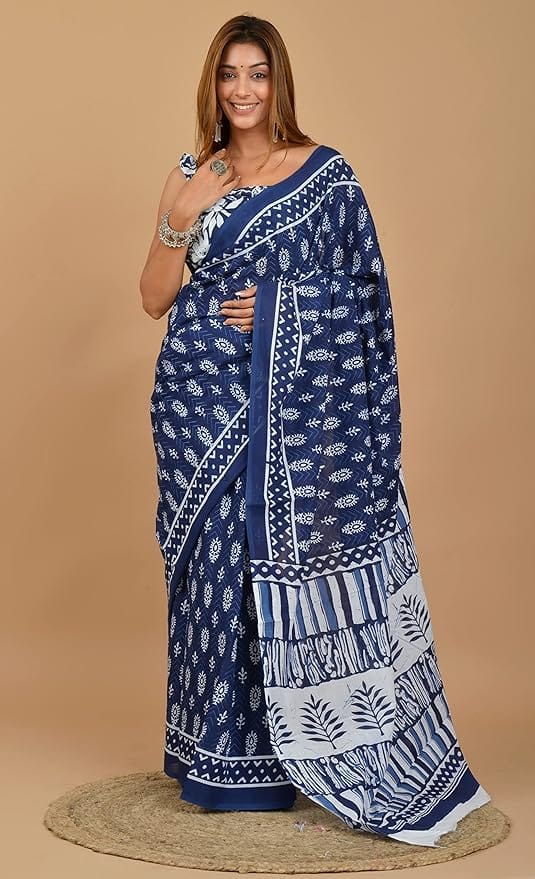
- The mud-resist process creates bold, textured patterns, often in indigo or earthy tones.
- Popular in sarees and home furnishings, Dabu printing has seen a resurgence in sustainable fashion.
Sustainability in Saree Printing And Dyeing Techniques
What makes Indian printing and dyeing techniques stand out is their eco-friendliness. Natural dyes derived from plants, minerals, and even flowers create vibrant and long-lasting colours. They also reduce the carbon foot print.
Preserving the Heritage
India’s printing and dyeing techniques are a testament to its rich cultural legacy. Supporting these crafts not only helps preserve heritage but also empowers artisans who rely on these skills for their livelihoods.
Saree Printing and Dyeing Techniques- A Legacy
Whether it’s the bold patterns of Ajrakh, the intricate art of Kalamkari, or the vibrant hues of Bandhani, India’s textile techniques are timeless. Incorporating these crafts into modern wardrobes celebrates tradition. It also helps in embracing sustainable as well as ethical fashion.

